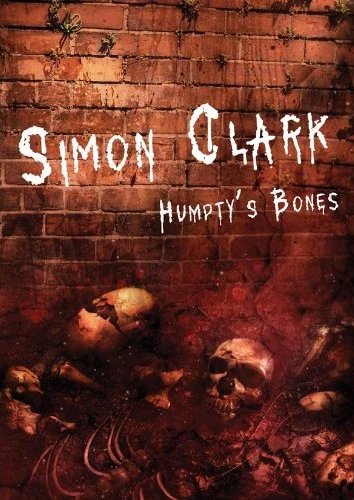

This Month's Special Page Features Simon Clark, who says:
How to find those amazing ideas that are memorable and sell, sell, sell those ideas!
IN THE "SPECIAL PAGE" ARCHIVES:
Wiescka Masterton
Conrad Williams
Ghostbusters
Joe R. Lansdale
Tim Lebbon
Graham Masterton
Simon Clark
John Saul
Deborah LeBlanc
THE ART OF WANDERING
by Simon Clark
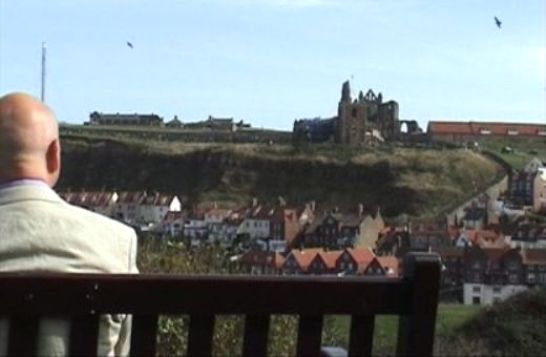
The photo above catches Simon in the Art of Wandering
I’m about to do something crazy. And I do that crazy thing in an old London graveyard. There are all kinds of interesting tombstones here. The regular upright ones, bearing the name of the dead. There are also large stone structures. Many of these are the size of a car. One has a hole in the side where the stone panel has eroded away over the last one hundred and fifty years. It’s much too dark to see anything through the hole. But it’s too late… my curiosity is aroused. I have to find some way of looking inside this little house of the dead.
The hole is just large enough to allow me to slip my hand inside the tomb. So I take hold of my camera, push my hand through the opening, and take a photograph. The camera flash is followed by a scrabbling sound… a furious scratching. An occupant of the tomb is angry at being disturbed.
The strange sound made me pull my hand out very quickly indeed. Then just as quickly I left the cemetery. I couldn’t wait to see what the photograph revealed.
This was back before digital cameras so I had to wait for the film to be processed. A few days later I collected the processed film, eagerly opened the paper wallet and checked the tomb photograph. And there, caught in the flash of the camera, was… well… you can see for yourself. Photo 1 reveals the inside of the grave. It’s not that clear; I was taking the photograph blind; but take a look anyway. What do you see?
I’ll come back to the image later. First I want to talk about the purpose of this article.
As a writer, where do you get your ideas from? Those original, scintillating ideas that make editors write that wonderful e-mail that says ‘Dear Author, Yes, yes! I want to buy your terrific story.’
There are times when, for example, you intend to write a story set in an Egyptian pyramid, so you research Egyptian pyramids. Or you might be planning a novel about a bus driver. In that case you research the work of a bus driver.
However, there are times when it’s best to let your mind coast along in a beautifully random way. You can do this by employing something that has been referred to as the Art of Wandering. Here you don’t search for ideas - you let them come to you. The way to do this is simply to walk or ride through the landscape in a relaxed way, and allow your imagination to engage with the sights you see. For example, imagine you find a strange old house on the hill - who lives there? Why do they live there? Why have they painted over the window panes?
Allow yourself to spin scenarios. The owner of the house painted over the glass because… they need absolute darkness. The reason is, years ago an uncanny looking lizard spat venom into their eyes and now they can see…what? Ghosts? Demons? The future? Let your imagination flow. Take photographs. Dare to dream big.
Then write your story. The novel that sells. The one that makes your dreams come true.
So, I’d urge you to embrace the Art of Wandering, if you want to build up a valuable stash of story ideas. Allow yourself to daydream about the things you see (though don’t do this if you’re driving!). They don’t have to be spectacular temples, thundering waterfalls or skyscrapers. Even modest features in the landscape can inspire a great scene in a story, or an entire book.
Now back to the photograph of the inside of the tomb. What do you see? When I first looked at the photo it took me a few moments to understand what I was seeing. Eventually, I realized that there are two ornate Victorian coffins side by side. Part of the lid of one has broken away, allowing a glimpse of the interior. Maybe it’s my imagination, but I think there is the ghostly shape of a spray of flowers on the lid of the furthest one from the camera. They have long since rotted away, yet they have left a faint trace of their presence… when one day, a hundred and fifty years ago, a loved one laid blooms on the coffin before the tomb was sealed shut. And as for the furious scrabbling sound I heard when I took the photograph? I hope that was just some rodent. I really do.
I should add that I wasn’t intending to be disrespectful when I took that photograph. The bodies were supposed to be interred at least six feet underground. For some mysterious reason the tomb’s occupants were laid to rest inside the stone chamber above ground. Something, as the saying goes, that should not be.
In this case, that exercise in the Art of Wandering led me to write a novella called Goblin City Lights. I feel it’s one of the best pieces I’ve ever written. Goblin City Lights won a British Fantasy Award. And I think that all happened because I strolled through a graveyard one day.
So, go out there and wander. And wonder about what you see. Then write great stories. And sell them. Prove me right. That the Art of Wandering is not only worthwhile, it can help your writing dreams come true.
March 29, 2011
WHAT DO YOU SEE IN PHOTO 1?
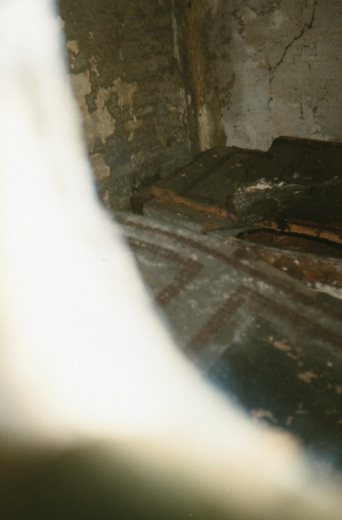
Simon tells you about Photo 1 in the article to the left.
SIMON CLARK lives in Doncaster, England with his family. When his first novel, Nailed by the Heart, made it through the slush pile in 1994 he banked the advance and embarked upon his dream of becoming a full-time writer. Many dreams and nightmares later he wrote the cult zombie classics Blood Crazy, Darkness Demands, This Rage of Echoes and The Night of the Triffids, which continues the story of Wyndham’s classic The Day of the Triffids. His revival of the wickedly ambulatory plants won the British Fantasy Society’s award for best novel.
Simon’s latest novel is a return to the much-loved Vampyrrhic mythology with Whitby Vampyrrhic. He has also recently published The Midnight Man, a story of murder, madness and ghosts, featuring Vincent Van Gogh in the most turbulent year of his life; and Ghost Monster, about opening graves in a cemetery for an archaeological dig.
Simon also experiments in short film, one of which, Dear Simon, Where Do You Get Your Ideas From? has been featured in the UK’s Channel 4 ShortDoc series, and earned the accolade ‘the ultimate in TV democracy.’ He also created Winter Chills for BBC TV. More films, with tips on writing horror fiction, plus articles, stories and Simon Clark news can be accessed at his website.
Simon’s Website www.bbr-online.com/nailed
See all of Simon's books HERE.
The Gravedigger's Tale: Fables of Fear is on the 2011 Long List for Best Collecton by the British Fantasy Society. The Gravedigger's Tale is now available in paperback HERE.
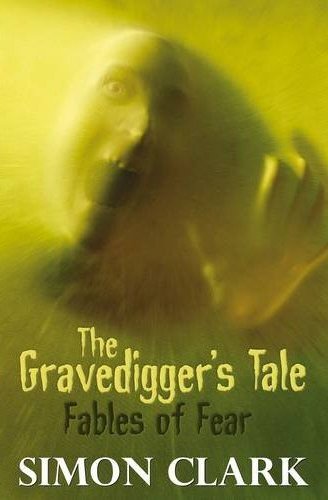
Jeani Rector has read and personally recommends Simon Clark's book Vampyrrhic. Jeani says: "Between scary basements, something underneath the street that sucks people's hands into the grates, and excellent character development, this is how fiction should be written. A real creep fest that should not be missed; this is the British Salem's Lot. You need to read Simon Clark!"
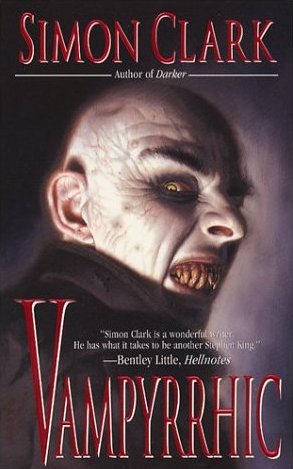
And don't miss Simon's new book Humpty's Bones:
A new chiller explores something nasty found in a village garden by an amateur archaeologist, something which has lain buried for centuries, and which has seen tribute paid to it by generations of local inhabitants. The paperback edition not only contains Humpty's Bones, but also a special introduction and author's notes by Simon Clark, and a new (long) short story called DANGER SIGNS, about a group of children who investigate an abandoned military bunker, and find that everything there is not quite as dead as they expected.
